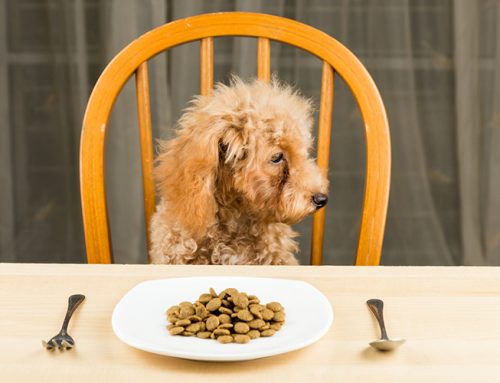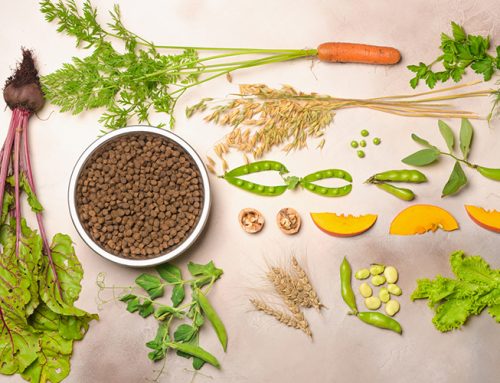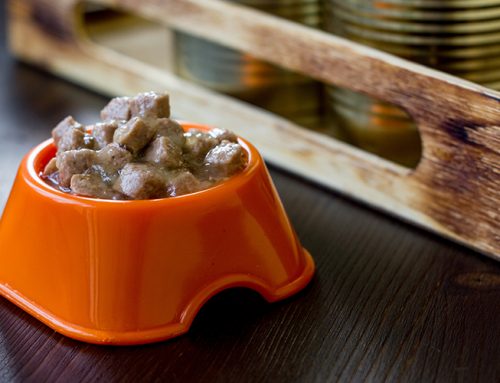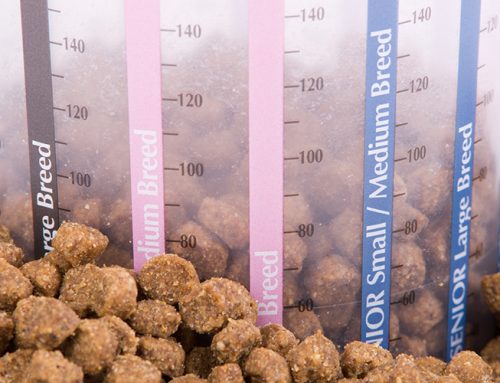How Do I Know if my Dog has Anal Gland Problems?
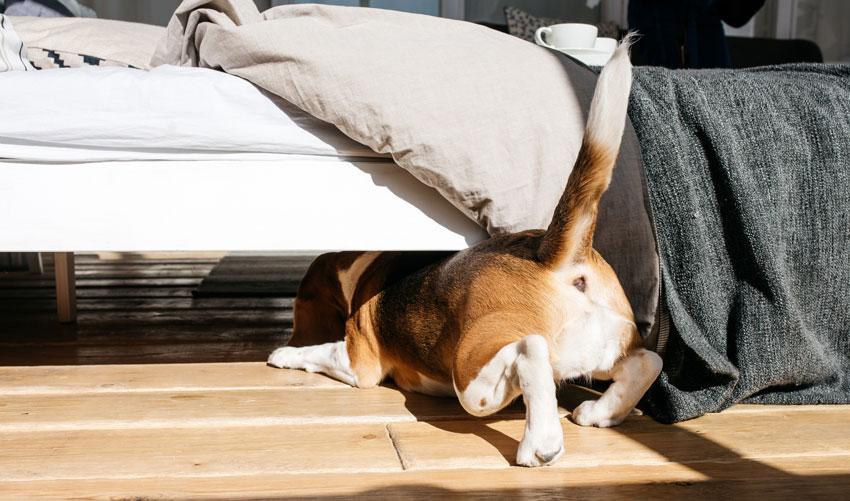
Dog ownership isn’t all adorable Instagram pics and cozy snuggles. Dogs get upset stomachs and puke on the carpet. Sometimes they eat your favorite shoes (or pee in them). Accidents happen. And sometimes, dogs have issues with their anal sacs.
What are anal sacs (also known as anal glands)?
“The anal sacs are two small pouches located on either side of the anus at approximately the four o’clock and eight o’clock positions,” write vets Tammy Hunter and Ernest Ward for VCA Hospitals in ‘Anal Sac Disease in Dogs.’ “The walls of the sac are lined with … sebaceous (sweat) glands.”
These glands, which are about the size of a small grape, produce a gross (to humans, anyway) smelling fluid. If your dog ever smells extremely fishy, there’s a good chance it has expressed its glands nearby. The oily, brown fluid is normally released during healthy bowel movements.
“The anal sac secretion contains chemicals that act as territorial markers,” Hunter and Ward explain. “Anal sac fluid is usually squeezed out by muscular contractions whenever the dog passes a bowel movement, providing a distinctive odor…”
That odor is what makes another dog’s poop so intriguing to your dog when you’re out on a walk. They’re checking out who pooped there by the smell produced by anal glands. And it’s why they enjoy a good butt sniff so much.
It isn’t entirely unusual for a dog to release its anal glands when it’s stressed and on occasion, it happens for no apparent reason at all.
What is an anal sac disease?
This is a common problem for dogs, although it’s often thought of as a small dog issue. The sacs can get clogged because of inflammation.
The fluid dries out, gets thick, and can’t be expelled with normal pooping.
Because the secretion is stuck, the sacs enlarge. Then, it hurts for your dog to poop because their glands are impacted.
“The secreted material within the anal sacs is an ideal medium for bacterial growth, allowing abscesses to form,” Hunter and Ward write.
The bacteria that exist in feces can enter the anal sacs. Normally, bacteria are flushed out when your dog poops and releases the secretions too. But if the sacs are impacted, they can’t empty properly.
“The fluid then becomes bloody and eventually the sacs become filled with pus, forming an anal sac abscess,” the VCA article notes.
What dogs are at risk for anal issues?
Vets Hunter and Ward posit that overweight dogs tend to have more chronic anal sac issues because their sacs don’t empty as well.
“Each impaction may cause further scarring and narrowing of the ducts, leading to recurrences,” they write.
According to Preventative Vet, other conditions that can increase the likelihood of anal gland problems are:
Chronic bacterial or yeast skin infections
Skin mite infestations
Food hypersensitivities
Environmental allergies
Low thyroid hormone levels or function
A multi-day bout of diarrhea (because the stools are soft, they aren’t helping expel the anal glands they way they normally would)
Some dogs have, through an accident of genetics, glands that are too low or too far in to empty easily on their own and require assistance from a pet owner, groomer, or vet (who may offer this service). Smaller dogs are more likely to have this issue, but no breed is exempt.
PetMD notes that one study showed that anal gland disorders affect approximately 12 percent of dogs.
Poor gastrointestinal health is a driving cause of anal gland problems. Firm, healthy stools create pressure on the glands and they go through and help the glands to empty. Small, loose, or soft stool doesn’t provide the necessary friction.
How do I know if my dog is having anal sac issues?
Excessive licking — your dog may be doing a munch at the base of its tail, rather than the anal area itself because the area around its anus will probably be very sore.

Scooting or dragging — your dog might be dragging its bum along the ground, trying to get a good scratch in or to create pressure to release the glands.
Growling — if your normally super-relaxed dog growls or snaps at you when you touch their tail, or near their anus, they may be experiencing pain in that area.
Blood or puss — you may see blood or pus around the rectum if the anal sac ruptures. Blood and puss might also be present on your dog’s stools, or wherever they’ve been laying or sitting.
Vocalizing or straining when pooping — if your dog is having trouble and yelping or expressing pain when defecating, their glands might be having issues.
Fishy smell – you may notice an unusual, stinky odor coming from your pet. It’s often described as a fish smell.
Redness around the rear end — although you can’t see your dog’s anal glands, their anus may look red and inflamed. There may also be a lump under the dog’s tail.
What is the treatment?
Fortunately, anal sac disease is treatable. The sacs need to be emptied manually. It can hurt — your dog may need a sedative before going ahead with the procedure. It’s likely your dog will also need an antibiotic in advance so that the chances of bacterial infection are reduced.
This procedure can be done at the vet. You don’t need to do it yourself, although you can ask your vet how to preventatively express your dog’s anal glands if you don’t relish frequent visits to the vet, and if your dog suffers from impacted anal glands regularly.
Pet owners whose dogs may have ongoing issues may consider, with advice from their vet, removing the anal sacs. This is a serious surgery and shouldn’t be undertaken lightly.
A change in your dog’s stool consistency may have also caused the condition in the first place. In that scenario, the ideal solution is to address the underlying cause of the change in poop and switch to a higher fiber diet.
Prevention is a dog’s best friend
As with so many conditions, prevention is the way to go.
Make sure your dog is at a healthy body weight. Obesity increases the risk of many diseases, not just anal gland problems. Small, obese dogs are particularly at risk. Exercise and an appropriate diet can keep your dog at a healthy weight.
Try a higher fiber diet. If you’re not prepared to completely change your dog’s favorite food, canned pumpkin is an easy way to add some fiber to any food. There are other fiber supplements available — psyllium is another option. Bulky stools may help your dog express his glands naturally.
Fish oils provide all sorts of nutritional boosts. The omega-3 fatty acids can reduce skin inflammation, which has been linked to anal gland problems.
If you suspect your dog is suffering from a food sensitivity, try a food elimination diet and find a food that doesn’t cause an allergic reaction in your dog. Reducing food issues may reduce stomach irritation and stabilize the type of stools your dog has. Probiotics can also support a healthy gut, along with fermented foods (kefir). Healthy guts mean stable, healthy stools so your dog can express its glands naturally.


